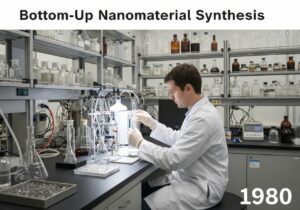Frederick Sanger determined the complete amino acid sequence of bovine insulin in 1955, a landmark achievement in biochemistry. He revealed that insulin consists of two polypeptide chains, an A chain with 21 amino acids and a B chain with 30 amino acids, linked by two disulfide bonds. This was the first protein to be fully sequenced, proving proteins have specific structures.


















